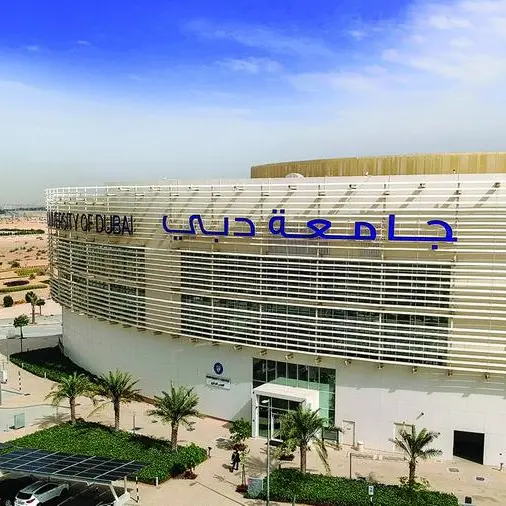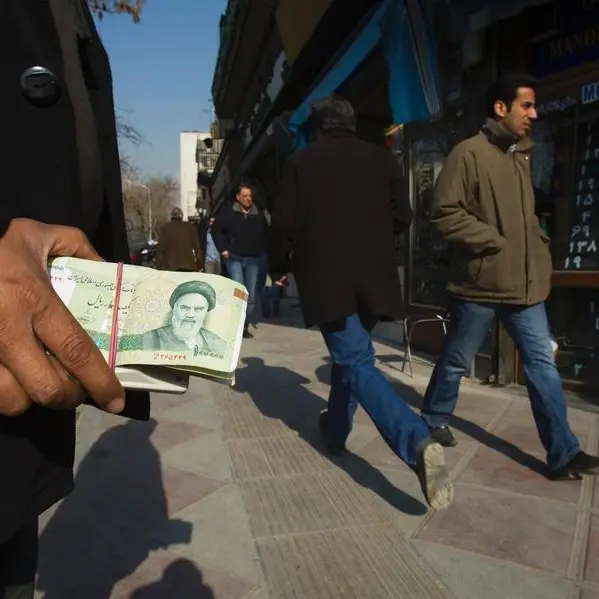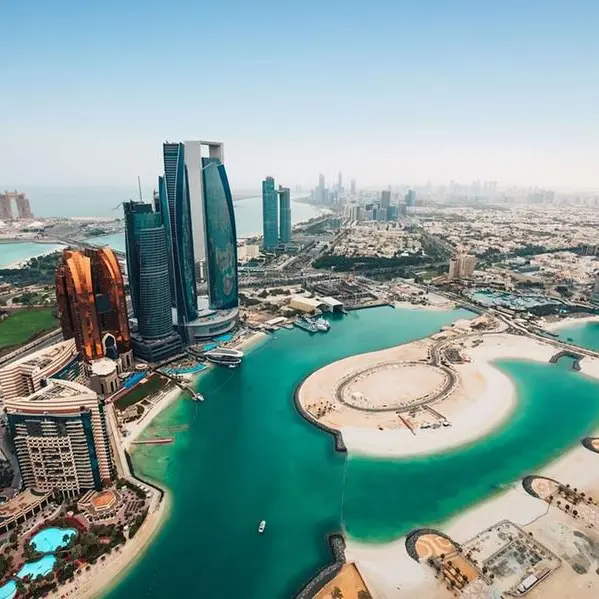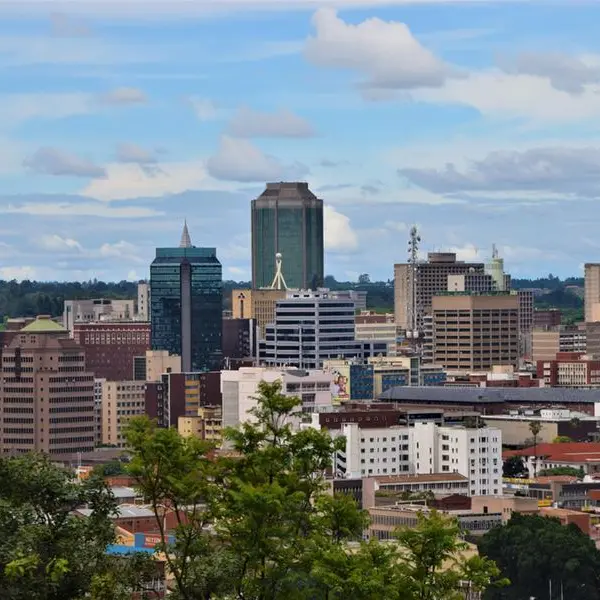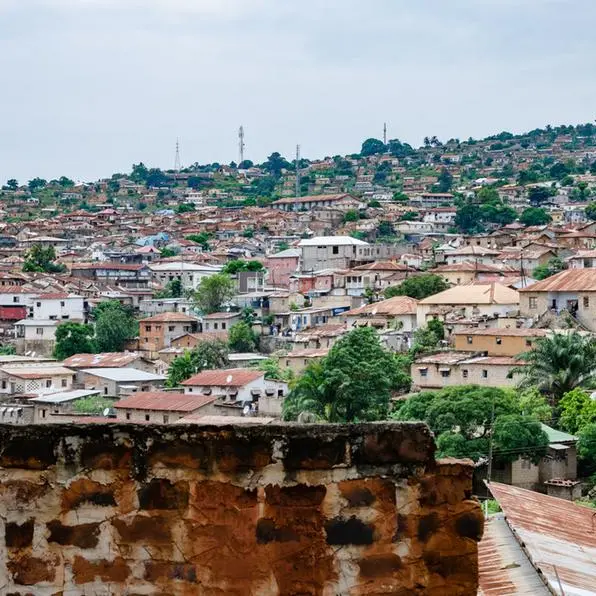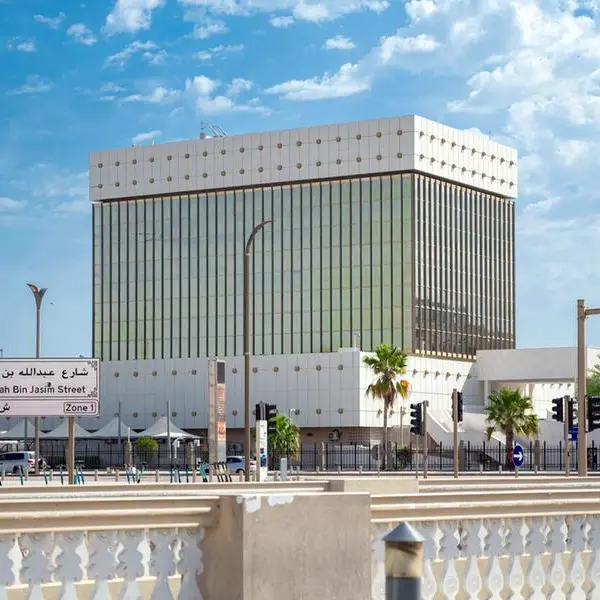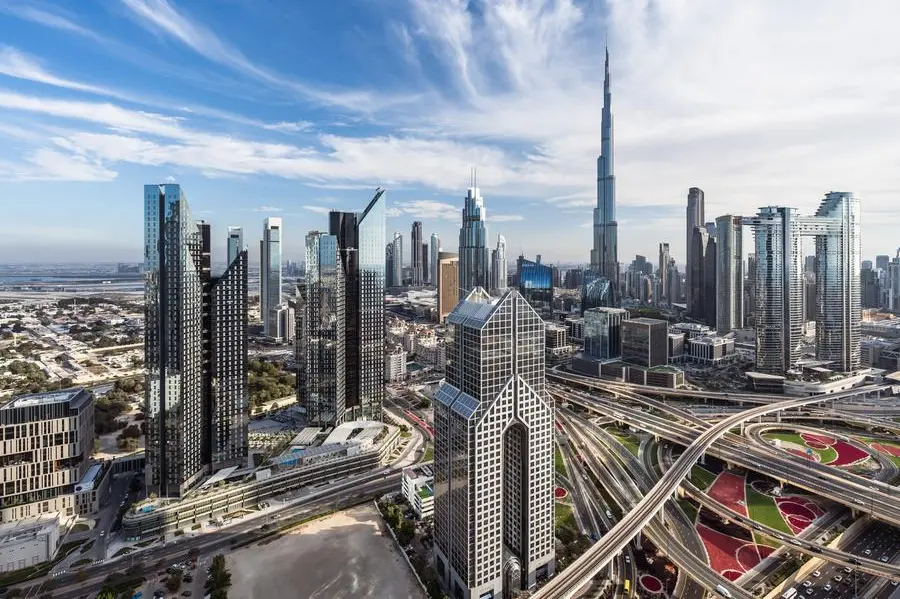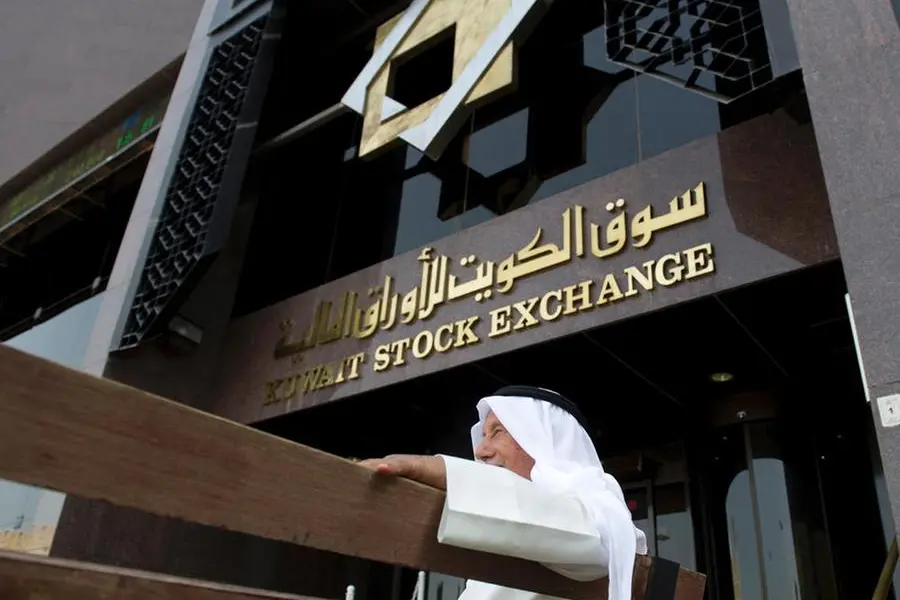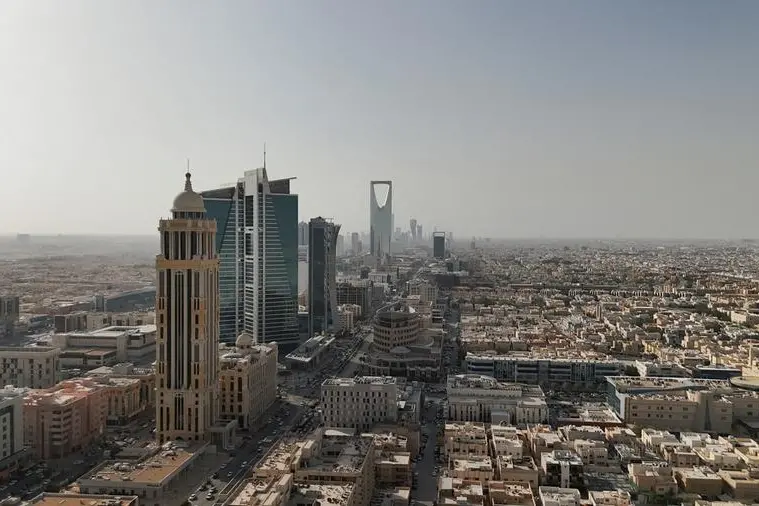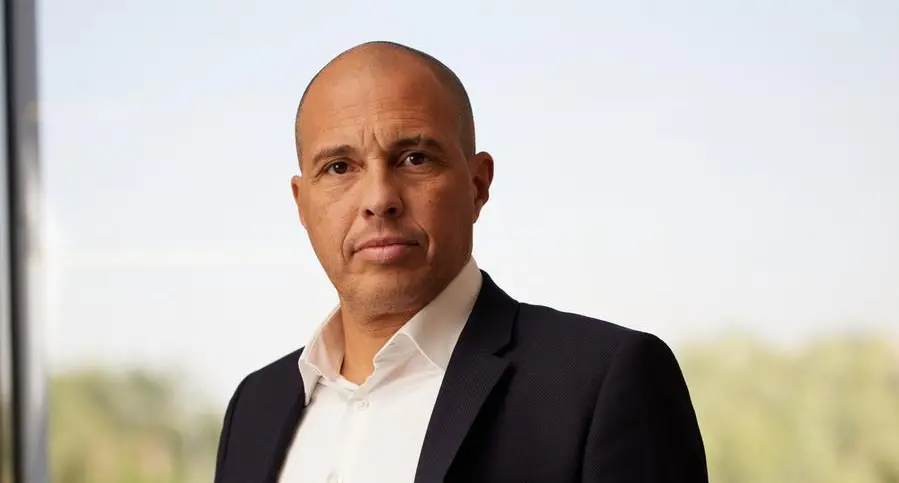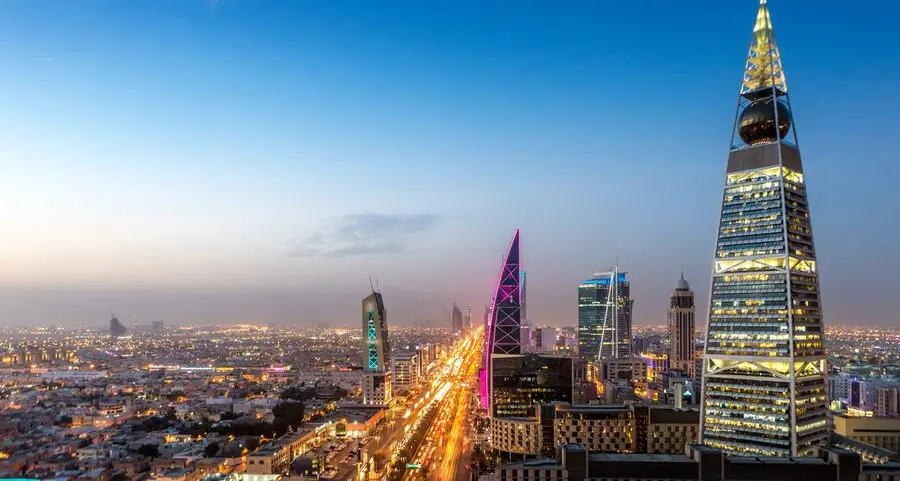Tuesday, May 29, 2012
(From THE WALL STREET JOURNAL EUROPE)
By Benoit Faucon
Oil-producing nations have watched from the sidelines or nodded in approval as crude prices have fallen in recent weeks. If the trend continues, however, it will be only a matter of time before they flex their muscles.
Rising government spending in many of these countries means they can't afford for prices to slip much below $100 a barrel, analysts say.
Bank of America Merrill Lynch recommended earlier this month that consumers brace for a rebound should prices fall below this figure, citing the price needed to balance the spending of many oil producers.
In 2008, the Organization of Petroleum Exporting Countries -- the world's largest oil-producers group -- sharply cut production only after oil prices fell by more than half, to $65 a barrel from a peak of $147 a barrel.
At that time, countries such as OPEC kingpin Saudi Arabia were careful not to further harm a battered oil economy and took steps against falling oil prices only as a last resort.
Four years later, the balancing act between the needs of consumers and those of oil producers has become tighter. Unrest spread last year to large parts of the Middle-East and North Africa, home to more than half of the world's oil reserves. It also reached Russia and sub-Saharan African oil producers such as Angola and Nigeria.
The toppling of several long-term rulers in the Arab world has forced most oil-producing countries in the region to raise the bar when it comes to satisfying the needs of their citizens.
In Russia, where protesters have been disputing election results since December, an increase in government spending has raised the oil price needed to balance expenditures to $117 a barrel in 2012, the Fitch Ratings agency said in March, compared with $34 a barrel in 2007.
In March, newly elected President Vladimir Putin pledged more spending for the military and health care and to raise wages, for a hefty bill of $160 billion.
In the countries that have been on the front lines of the Arab Spring, a drop in oil prices amid easing Iran tensions and euro-zone fears leaves little room to maneuver. For Algeria and Libya, the price of oil they need to cover their expenses has doubled recently to $100 a barrel.
Libya, in the wake of a civil war that toppled Moammar Gadhafi, is facing an uncertain political transition. Meanwhile, Algeria, which was rocked by riots last year, would need $110 a barrel by 2016 if its oil production keeps declining at current rates, according to the International Monetary Fund.
To be sure, OPEC's wealthiest members in the Persian Gulf have, in recent weeks, acted to drive prices down to about $100 a barrel, the price the cartel sees as ideal, from a March spike to $127 a barrel. Saudi Arabia, concerned that high prices could kill demand, is pumping at levels unseen in three decades at about 10 million barrels a day.
On Monday, the July Brent contract on London's ICE futures exchange settled at $107.11, while light, sweet crude for July delivery was trading at $91.15 a barrel on the New York Mercantile Exchange.
The United Arab Emirates and Iran need $92 and $85 a barrel, respectively, to balance their spending, government and IMF figures show.
Even Saudi Arabia couldn't cope with the sort of decline witnessed in 2008. As it seeks to ward off the sort of unrest witnessed in the rest of the Arab world, Saudi Arabia is in the middle of a public-spending boom -- $400 billion through 2013 for infrastructure, and more than $100 billion for jobs, housing, bonuses and other programs.
Last week, its finance minister, Ibrahim Al-Assaf, told Al Arabiya television that Arabia would tweak its spending plans if crude-oil prices were to drop below $80 a barrel. Two years ago, the kingdom needed about $60 a barrel to cover its spending.
(END) Dow Jones Newswires
29-05-12 0433GMT
